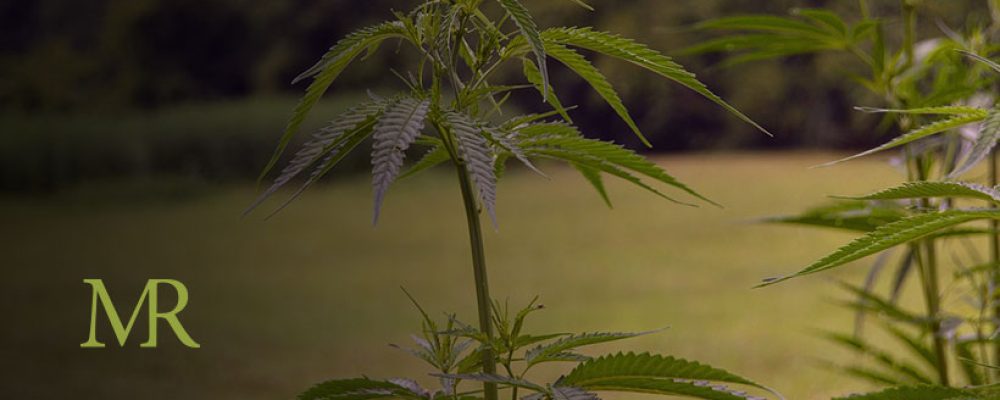When the 2018 Farm Bill passed, it generated a lot of interest and had the potential to be a lucrative cash crop. Farmers who weren’t comfortable with the excessive regulation and federal status of marijuana turned to hemp when the bill passed. After all, hemp was federally legal, and many saw it as a crop no different from corn or soybeans. It is encouraging a new industry while also working to deter illicit marijuana growers from trying to play a sleight of hand game under the guise of hemp cultivation.
But this isn’t your grandpa’s soybean crop.
Things got confusing, and hemp has been fighting to create a legitimate, accepted identity of its own. Hemp has had a hard time differentiating itself as “the cousin of weed,” wading through decades of stereotypes with some lawmakers still seeing hemp and marijuana as the same. Hemp was seized and sometimes destroyed because law enforcement thought they caught some illicit growers transporting marijuana across state lines. Regulatory parameters changed — tons of land dedicated to hemp cultivation. There was a boom. And now it looks like it’s a bust — not for everyone, but some.
Despite the federal legal status, those with hemp exceeding the 0.3% THC federal regulatory threshold face problems. A farmer might be ordered to destroy the hot crop if testing was out of spec. That means a whole season spent for naught — the farmer losing time, investment and income. It’s a shame that this material goes to waste. It’s high time that other options — besides destruction — are considered before more and more farmers lose their shirt due to a few hundredths of a percent of THC.
The U.S. Department of Agriculture (USDA) is preparing to throw down more rules that will further regulate hemp farmers. So now, the issue is this: farmers have faced problems involving the current regulations. USDA inspectors and regulators will have to work through a new bushel of matters while the new rules are implemented. It appears that those involved in the hemp industry agree on one thing: hemp regulations are a benefit in terms of public protection and industry validity. But until solutions are approached practically, excessive waste will continue.
As the new rules roll out, those tasked with regulating them will face challenges. Experiencing internal conflict as they witness the economic impact on a farmer who must destroy his crop, inspecting a vast number of farms’ crops with limited time to do so, a massive pile of paperwork to wade through and verify for accuracy, and working through legal challenges — for example, when a farmer is sanctioned and decides to push back, exercising their rights to explain their side of the story.
The new regulations give the USDA more heft with punishing those who repeatedly exceed the allowable THC levels. Farmers who rack up three violations on the THC limit within five years could be prohibited from growing hemp for five years. Regulators will be required to report to the USDA, the Justice Department, and state or tribal law enforcement (depending on where the product is grown) if they discover a farmer is willfully flouting the rules.
For this fledgling industry to succeed, policymakers cannot define hemp through the existing perceptions of marijuana or treat it as an illicit controlled substance. It’s a plant with many uses, and one that our founding fathers cultivated without the brouhaha we’re witnessing today. In the end, nothing is decided as of yet. Officials with the USDA plan to use their experiences from the upcoming 2020 hemp season to draft a final set of regulations. These will supersede the 2019 rules when they expire in two years. Stay tuned.


